
One of the most sought after and highly sold selection of toys and playsets in our stores is the LEGO range. And why not? Did you know that the LEGO company has manufactured 400 billion LEGO elements since they first patented their product in the late 1950s? That means 62 LEGO bricks for every person on Planet Earth! Believe it or not, if you pile one LEGO piece on top of another, you would make 10 towers of LEGO bricks all the way up to the Moon. That’s one LEGO building feat for any LEGO fan who is up for the challenge!
For almost 100 years, LEGO has come a long way from being a small wooden toy workshop to being one of the largest toy manufacturing companies that has entertained generations of children (and adults) all around the world. In fact, the LEGO bricks that were made since 1958 have the same holes and bumps as the ones produced today. So if you interlock them together, they will combine to form any structure you can imagine.
Yet, with all the amazing things you can do with LEGO, do you ever wonder how these awesome bricks are made? Let’s take a peek at their manufacturing process…
How It Begins
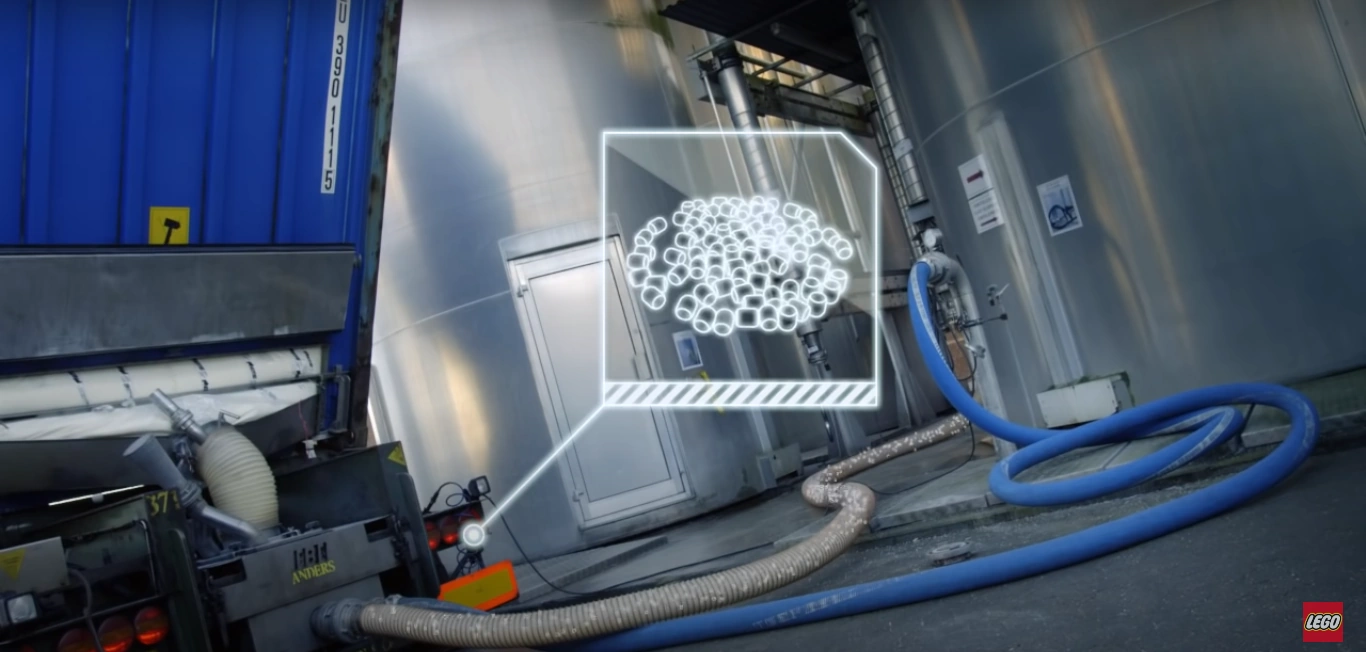
It all begins with huge trucks delivering enormous amounts of tiny plastic granules (or granulates). These granulates come in clusters of different colours, which will later define the colours of the bricks once they are made. The trucks will dump the granulates into steel towers of about 3 storeys high. Each steel tower can contain up to 33 tonnes of plastic granules. From these towers, the granulates will be fed down to the factory’s moulding machines using hoses and pipes.
The Goo and the Mould
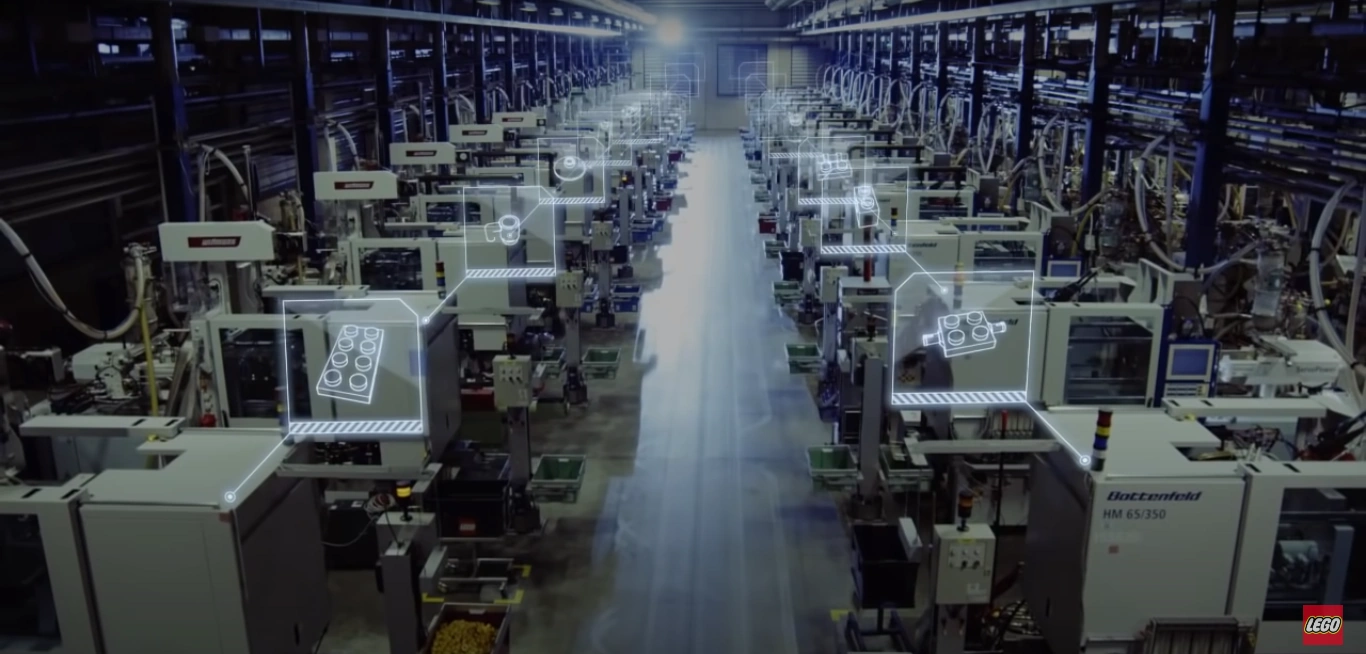
Once the plastic granules are inside, the moulding machines will heat them up to about 230°C until the granulates are melted down into a goo-like substance. The goo will then be poured into hallow metal containers or moulds to be shaped according to the LEGO bricks we know. To best picture the process, think about how ice cube trays shape water into ice cubes or – in some cases – into stars, triangles, or cylinders.
Excessive pressure is applied to the moulds to make sure that they are shaped into LEGO bricks perfectly and accurately. Once the moulding process is complete, the bricks are cooled for 10 seconds and then ejected from the machine.
Bring in the Robots
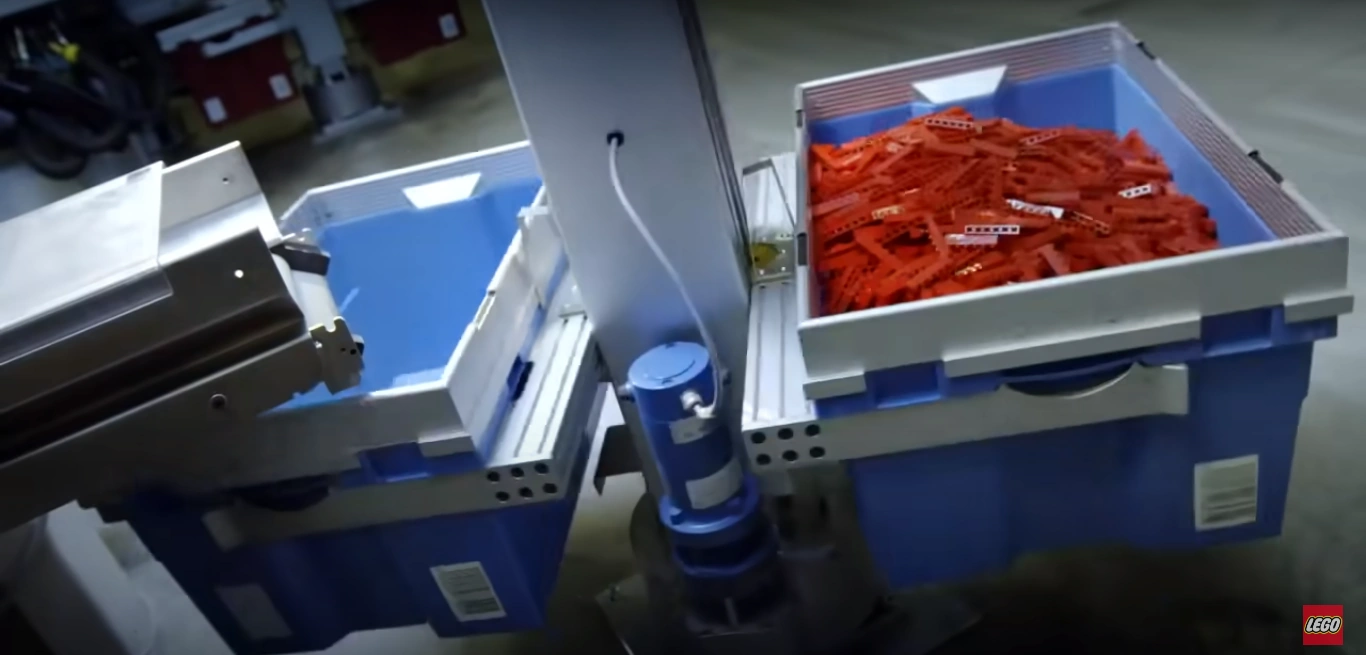
The moulding process requires high precision and done in extreme conditions which can be dangerous to humans. This is why most of the procedures are done through automation – in other words – with the use of robots!
Once the cooled pieces are ejected, they are rolled down onto conveyor belts to be put into boxes. When the box is full, a radio signal is transmitted by the machine, so the box can be fetched by one of the robot trucks in the hall. Grooves guide the robot trucks to make sure they will move accordingly along the factory floor. The robot trucks will then pick the boxes up, and transfer them to another conveyor belt that will bring them to the next stage of the process.
Time to Make Faces
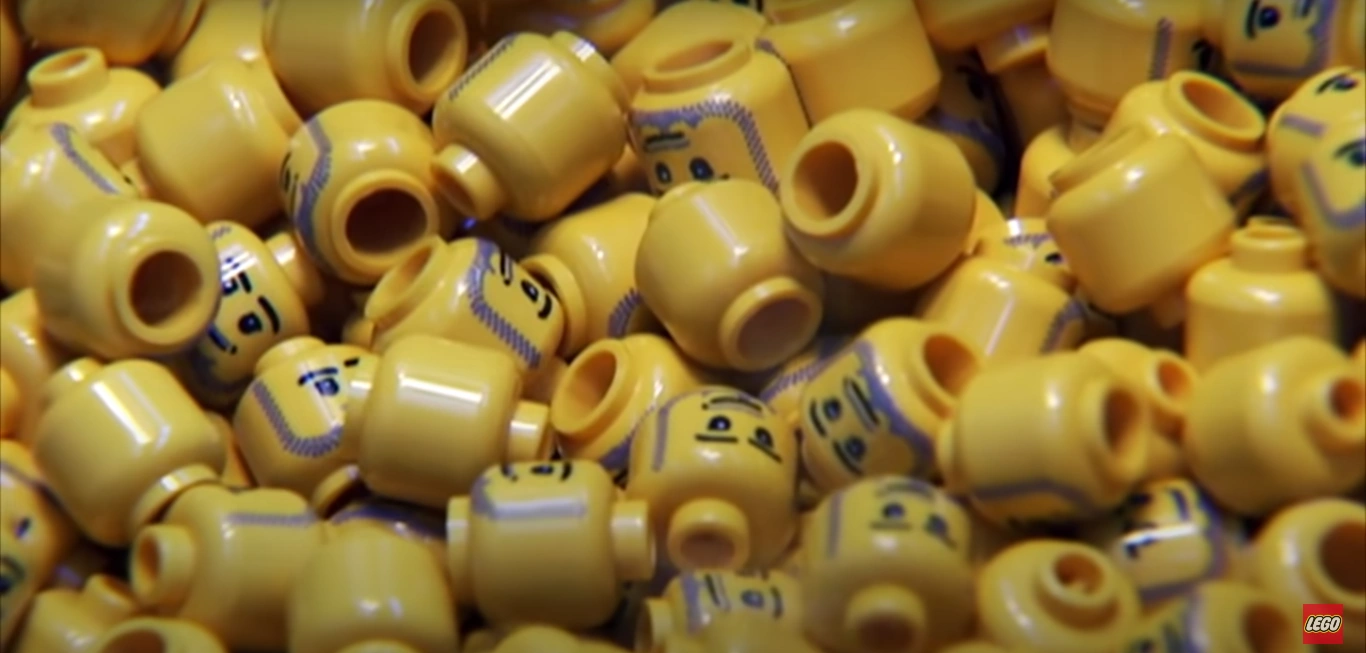
You definitely don’t want your LEGO bricks and minifigures dull and faceless! We should thank the printing section in the assembly line for making sure that doesn’t happen.
After the moulding, the next stage in the manufacturing process is to put the decorative details on the pieces and place the multi-parts in sets together. Giant printers are utilised to draw and stamp faces and designs onto the bricks and minifigures.
Some pieces have complex shapes and are meant to be fitted together – an example of which are minifigures. These pieces are assembled by another type of machine that applies the right amount of pressure to connect them together.
Pack Them Right Up
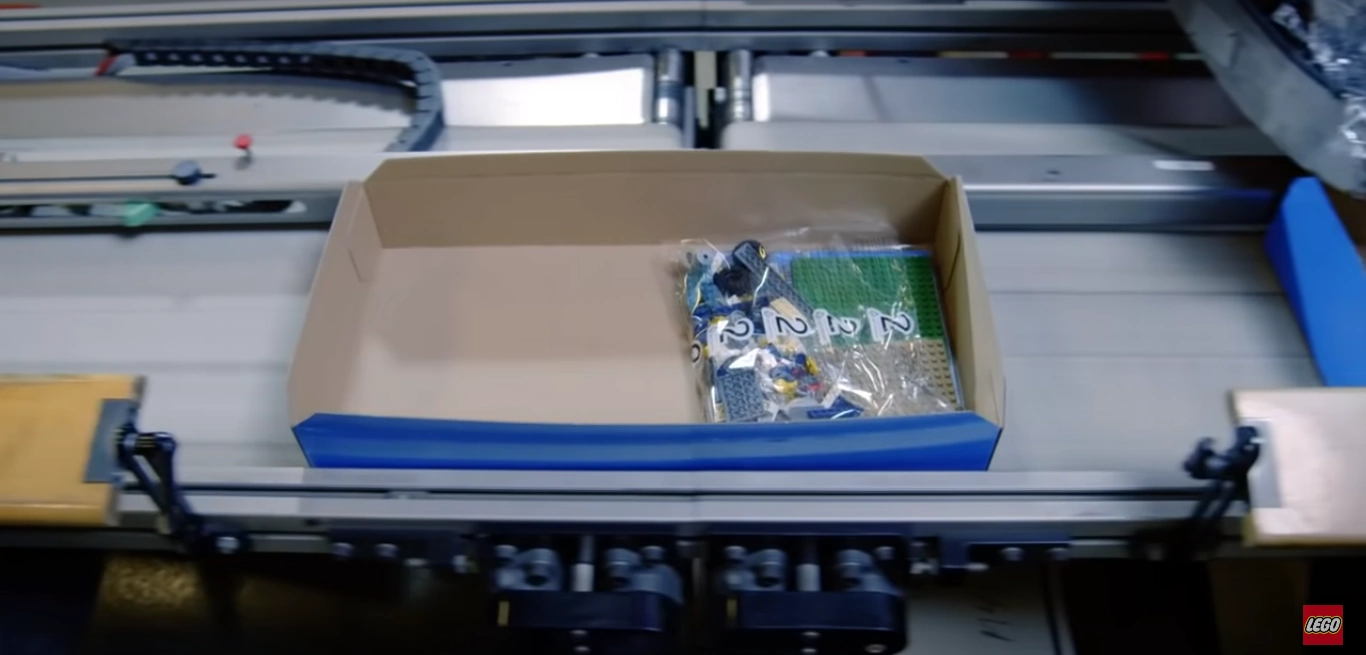
The last stop in the process is the packing! The appropriate pieces for a particular set must be rightly put together. Packaging by LEGO standards is done fast but accurate, as each set can contain hundreds of LEGO pieces.
Underneath the bins, conveyor belts carry the cassettes (boxes that holds the LEGO pieces) while the bins release the correct amount of pieces to each cassette. Human packers await the boxes for them to fold. They will insert the building instructions and additional pieces, if necessary. There’s also a quality assurance team that looks for any mistake the machines may have left out.
To see more exciting scenes and info on how the manufacturing process takes place, please watch this video…

 Survive, Build, and Explore with the Best LEGO Minecraft Sets 2025
Survive, Build, and Explore with the Best LEGO Minecraft Sets 2025
 Time to Join the Original Squishmallows Squad
Time to Join the Original Squishmallows Squad
 Explore the Joy of Learning with Ms Rachel Toys
Explore the Joy of Learning with Ms Rachel Toys